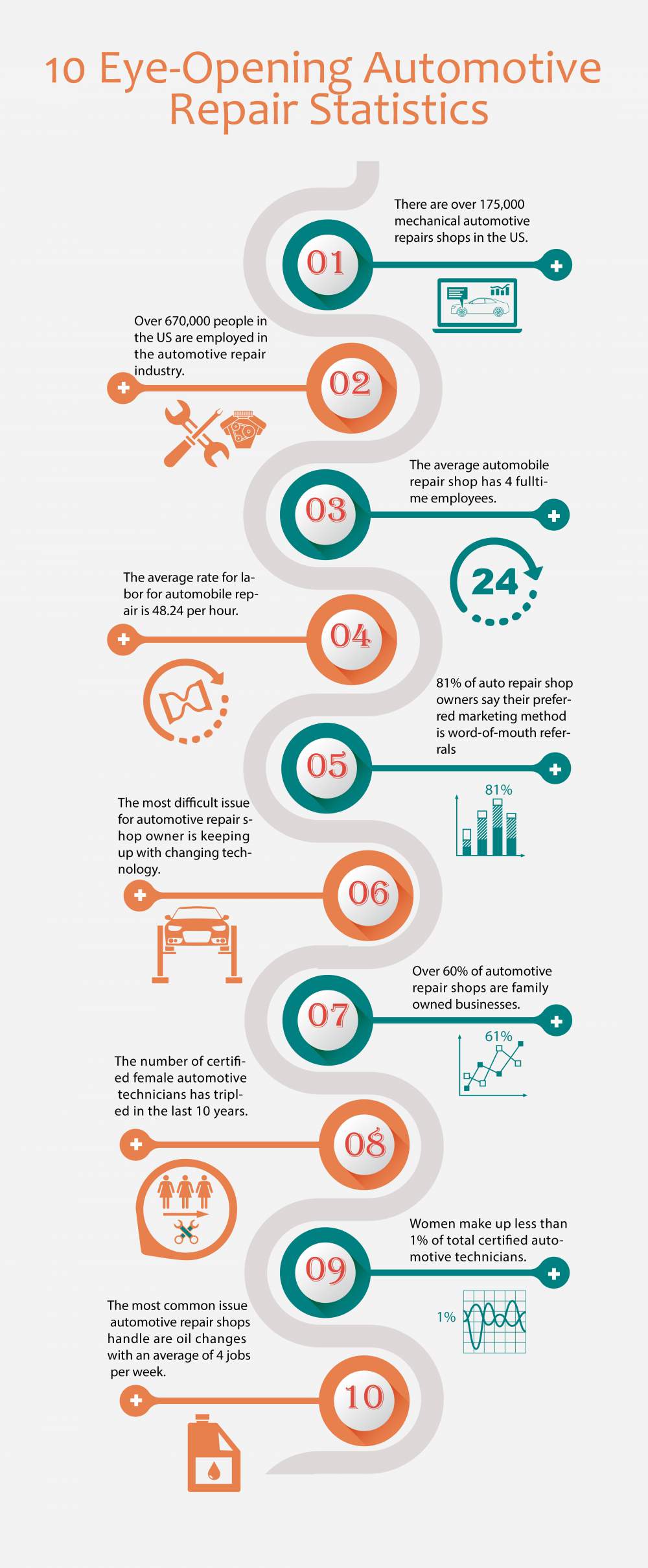Translating Your Vehicle'S Warning Indicators: What They Really Symbolize
Translating Your Vehicle'S Warning Indicators: What They Really Symbolize
Blog Article
Created By-Higgins Stark
When you lag the wheel, those radiant warning lights on your control panel can be a little bit bewildering. Do you understand what they're attempting to tell you regarding your auto's health? Recognizing the importance of these lights is important for your safety and security and the longevity of your automobile. So, the following time one of those lights pops up, would not you intend to decipher its message accurately and take the essential actions to address it?
Common Caution Lights and Interpretations
Identify usual caution lights in your automobile and recognize their significances to make certain secure driving.
The most regular warning lights include the check engine light, which signifies problems with the engine or emissions system. If this light begins, it's essential to have your car examined quickly.
The oil pressure warning light suggests reduced oil pressure, requiring prompt interest to stop engine damage.
A flashing battery light could recommend a defective billing system, potentially leaving you stranded otherwise resolved.
The tire pressure surveillance system (TPMS) light alerts you to reduced tire pressure, impacting automobile security and gas efficiency. Overlooking this might bring about hazardous driving conditions.
The abdominal light indicates an issue with the anti-lock stopping system, compromising your ability to stop promptly in emergencies.
Lastly, the coolant temperature level cautioning light warns of engine overheating, which can cause severe damages otherwise solved quickly.
Recognizing these common caution lights will certainly assist you attend to issues quickly and preserve secure driving conditions.
Value of Prompt Interest
Understanding the usual warning lights in your automobile is only the very first step; the importance of promptly addressing these warnings can not be stressed sufficient to ensure your security when driving.
When a caution light illuminates on your dashboard, it's your vehicle's method of interacting a possible issue that needs interest. Disregarding these warnings can cause extra extreme issues down the road, jeopardizing your safety and security and possibly costing you much more in repairs.
Trigger focus to advising lights can stop malfunctions and mishaps. For instance, a blinking check engine light can show a misfire that, if left unattended, could trigger damage to the catalytic converter. Addressing https://sergiookeau.yomoblog.com/38549562/the-comfort-of-mobile-auto-detailing-transforms-your-car-s-look-but-is-it-as-efficient-as-traditional-techniques-discover-the-fact-behind-this-service without delay can save you from a costly fixing.
Similarly, a brake system cautioning light may signal low brake fluid or used brake pads, critical components for your security when driving.
Do It Yourself Troubleshooting Tips
If you notice a warning light on your dashboard, there are a couple of DIY troubleshooting pointers you can attempt before seeking professional assistance.
The very first step is to consult your cars and truck's manual to understand what the details caution light suggests. Sometimes the issue can be as simple as a loosened gas cap activating the check engine light. Tightening up the gas cap may settle the trouble.
One more common concern is a reduced battery, which can cause various warning lights. Examining vehicle wash for rust and ensuring they're safe could repair the problem.
If a warning light persists, you can attempt resetting it by separating the auto's battery for a few mins and then reconnecting it. In addition, examining your vehicle's liquid levels, such as oil, coolant, and brake liquid, can assist repair cautioning lights associated with these systems.
Final thought
In conclusion, understanding your vehicle's warning lights is vital for maintaining your car running smoothly and safely. By without delay dealing with these alerts and recognizing what they imply, you can prevent pricey repairs and prospective malfunctions.
Bear in mind to consult your car's guidebook for certain information on each alerting light and take action as necessary to ensure a hassle-free driving experience.
Keep notified, stay secure when driving!
